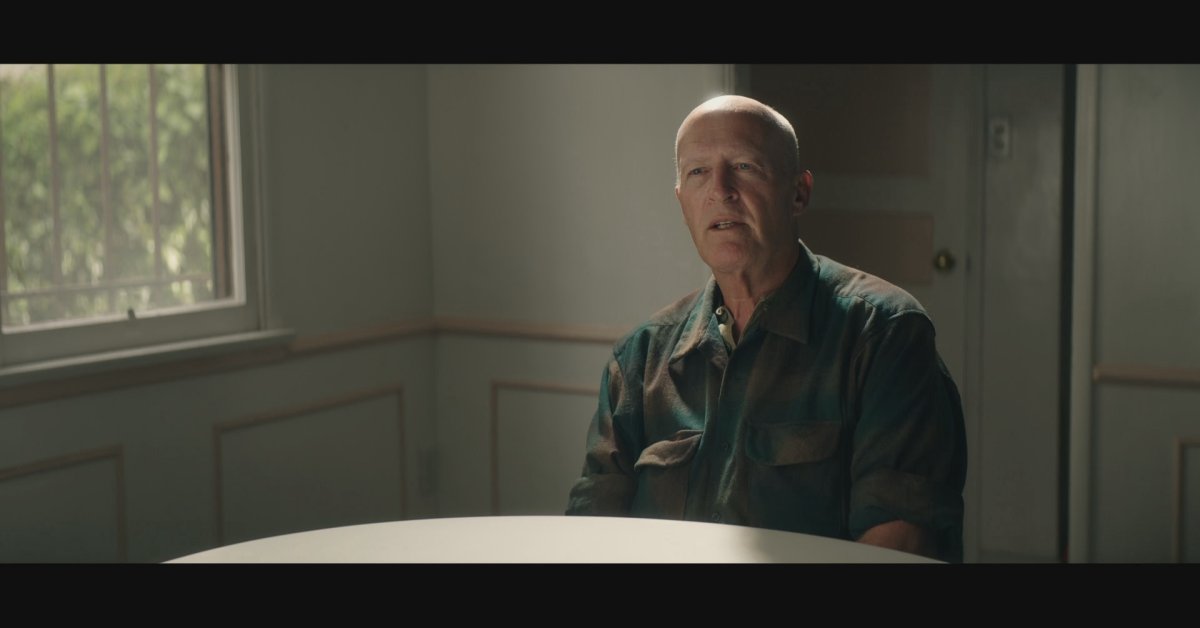HBO’s The Mortician, a documentary series premiering June 1, examines the startling true story of a cremator who went to prison for mishandling human remains.
In the 1980s, David Sconce ran a cremation business that deliberately mixed up human remains and robbed families of their loved ones’ valuables. Sconce, who was in and out of prison after pleading guilty to his crimes in 1989, even speaks in the three-part series.
The episodes, premiering weekly, detail the unethical ways that David Sconce increased the cremation business for his family’s funeral home, Lamb Funeral Home in Pasadena, California. In the series, Sconce’s former employees reveal the terrifying things that they saw while working for him and customers talk about how traumatic it was to receive incorrect remains from Sconce’s business. And current morticians weigh in on the correct ways to take care of human remains.
Director Joshua Rofé says viewers may be able to relate the cremation scandal to other scandals they see in the news about companies cutting corners in order to make as much profit as possible in exchange for as little work as possible. But in the funeral industry, he says, “it’s pretty damn gruesome.”
Here’s a look at the most surprising moments in The Mortician.
How David Sconce got caught
Pasadena-area funeral home directors became suspicious of Sconce when he was completing more cremations than his competitors—and at lower prices. That’s because, as former employees explain in the series, Sconce’s team would cremate multiple bodies at a time—breaking a collarbone, arm, or leg to squeeze as many bodies into the oven as possible.
When his operation moved further out into the California desert, production ramped up, cremating 150-200 bodies at a time. A soldier who liberated Auschwitz happened to live near Sconce’s operation in the desert and phoned 911 because he smelled burning flesh, a smell he said he’d never forget after World War II. That’s when Sconce got busted.
In 1989, Sconce pled guilty to mishandling human remains and mining the corpses’ teeth for gold fillings at Lamb Funeral Home. He served a couple of years in prison, and then was sent back in 2013 for violating his lifetime probation by being in possession of a firearm. He was released on parole in 2023.
Funeral directors stress in the series that Sconce was a bad apple. They say the Sconce scandal led to more rules and regulations regarding cremations, including laws requiring unannounced inspections of crematories. Taking dental gold or silver is a felony now.
How David Sconce carried out the illegal cremation business
People who carried out cremations for Sconce recall the red flags they noticed while working for him.
Former employees described stripping clothes off of bodies to sell and cutting off body parts to get jewelry to sell. There were running competitions among the employees to see who could fit the most bodies in the oven. Andre Augustine, who worked for Sconce, claims that Sconce’s former employees didn’t know which remains to put in which box. Clients would get the remains of not only their loved one, but also the remains of other bodies.
Sconce’s ex-wife Barbara Hunt says her husband was secretive about the cremation business, and claims that she only learned what he was doing from news coverage. But, she recalls, once she saw Sconce sitting on the floor of the garage cracking teeth with a hammer and putting the gold in a styrofoam cup that said “Au,” the chemical symbol for gold.
“He sold the gold,” Hunt says. “I just sat there thinking, what world am I in?”
Why David Sconce has no regrets
Sconce openly talks about cremating multiple bodies at once in the series with no sense of shame. As the series shows, he used to drive a corvette with the license plate “I BRN 4U.”
He argues that because crematories can never clean the ovens of every speck of ash before they put another body into the oven, it justifies what he did. “Comingling of ash is not a big deal. I don’t put any value in anybody after they’re gone and dead. They shouldn’t when I’m gone and dead. That’s not a person anymore.”
He said that most families signed up for Sconce to scatter their cremated relatives at sea, with no relatives in attendance, so he doesn’t see why anyone would care if the ashes he scattered at sea came from one body or multiple bodies.
When asked how he felt about delivering families the cremated remains of multiple people, he said, “There’s no difference in anybody’s cremated ash…people just got to be more in control of their emotions. That’s not your loved one anymore, and it never has been. Love them when they’re here. Period.”
Rofé argues that there’s more to Sconce’s motivation, telling TIME, “It was about money.” He recalls a moment during the filming when he was alone with Sconce in a motel room and Sconce asked him what Rofé would do if someone gave him so much money to do a documentary that would make Sconce look bad. “There was a look in his eye unlike any that I’d seen before,” he says. “It was just scary.”
Giving Sconce a voice in the documentary seemed like the right choice to Rofé, who says it’s important to not avoid stories about people who have commited crimes. “If we were to all walk around pretending that everything in this world is hunky dory, we would be doing a great disservice to humanity,” he says. “But taking a good, hard look at people like this is vital.”




